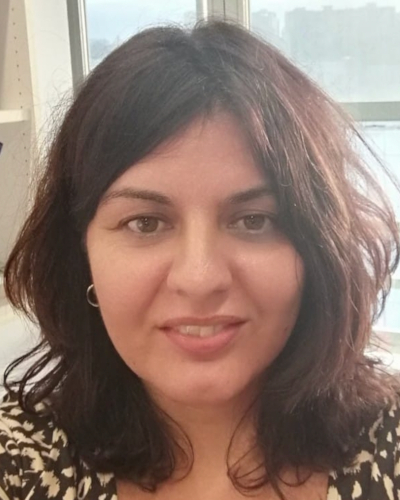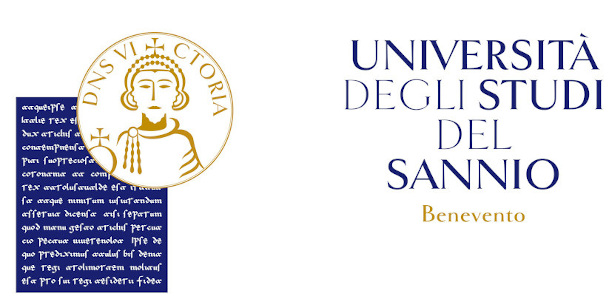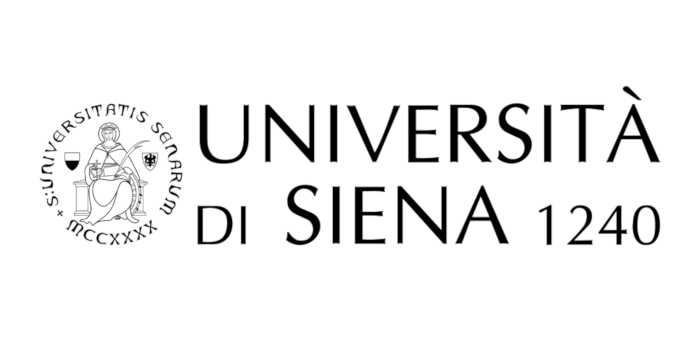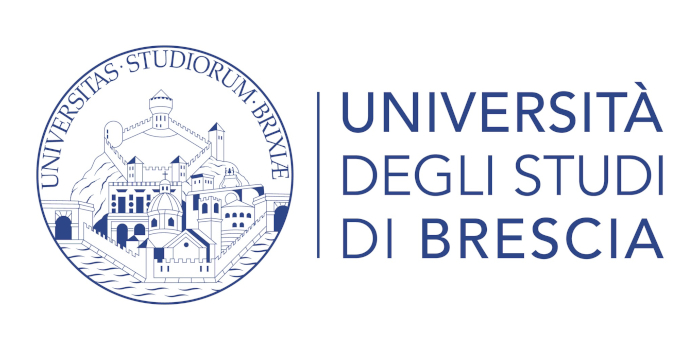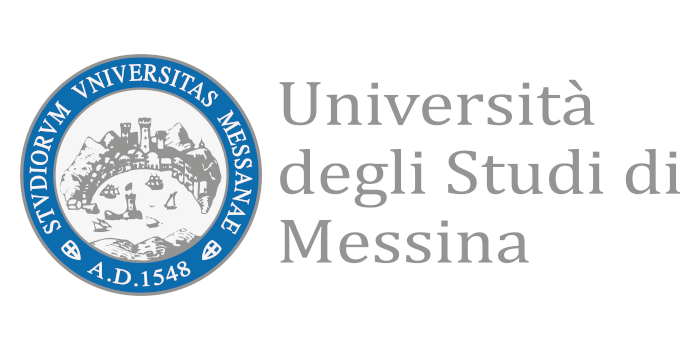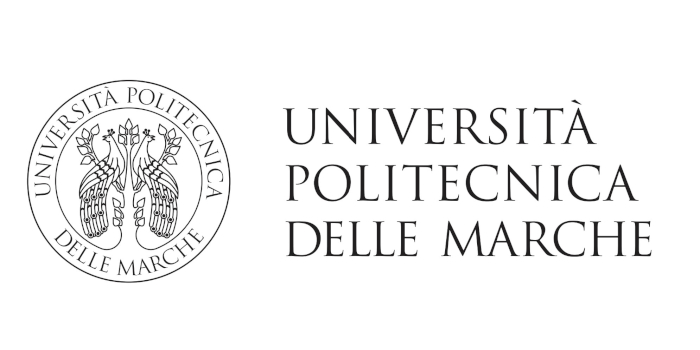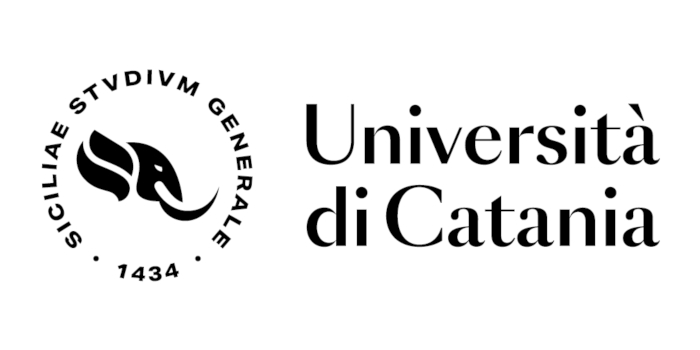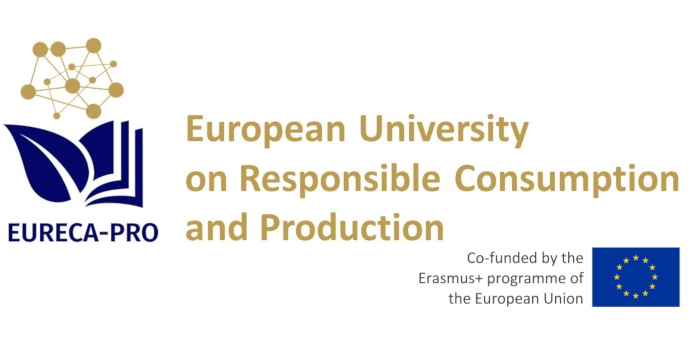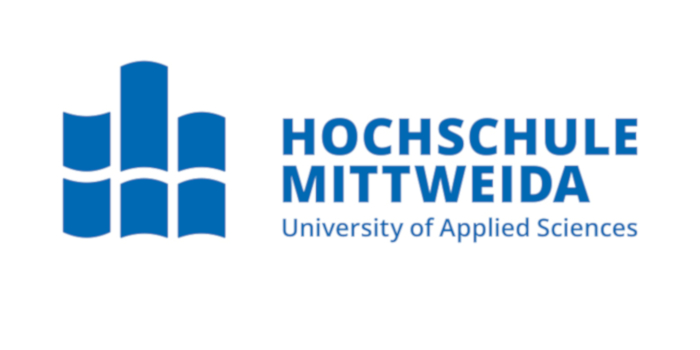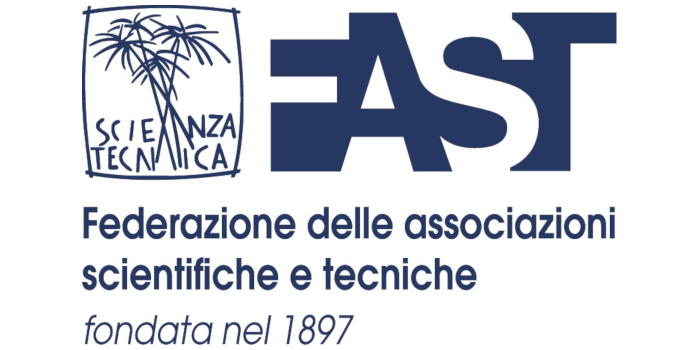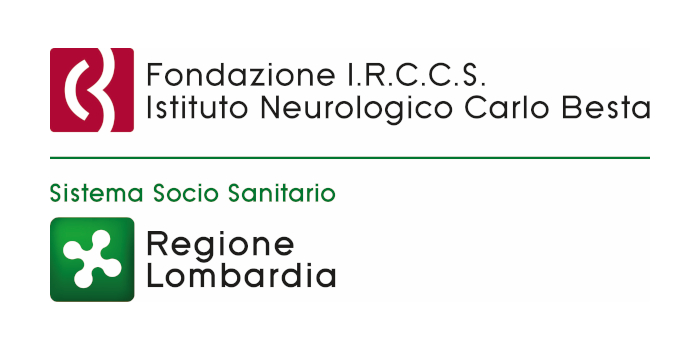SPECIAL SESSION #6
Advanced Image Analysis for Biomedical Applications
ORGANIZED BY
Andrea Apicella
Università degli Studi di Napoli Federico II, Italy
Esther Dura Martinez
Universitat de Valencia, Spain
ABSTRACT
Medical images contain plenty of information about the anatomical structures that are important for a valid diagnosis, and then can be helpful to doctors for determining the most adequate treatment. The analysis and processing of biomedical images is an interdisciplinary and dynamic area of specialisation, covering biology, physics, medicine, engineering, and computer science. The main objective is the application of image processing and analysis techniques to biological or medical problems.
MAIN TOPICS
Topics of interest include, but are not limited to, the following:
- Image enhancement, segmentation, registration, and fusion for biomedical applications;
- Reconstruction, motion, and deformation analysis for biomedical applications;
- Application of machine learning and artificial intelligence in medicine;
- Sparse representation and dictionary learning-based methods for medical image processing and understanding;
- Natural language processing for biomedical image analysis;
- Deep learning for biomedical image analysis;
ABOUT THE ORGANIZERS
Andrea Apicella received the M.Sc. degree in Computer Science and the Ph.D. degree in Mathematics and Computer Science from the Federico II University of Naples, Italy, in 2014 and 2019, respectively. He is currently a Researcher at the Department of Information Technology and Electrical Engineering, University of Naples Federico II. He is also a Research Associate at ARHeMLab (Augmented Reality for Health Monitoring Laboratory) and the AIPA Lab (Laboratory of Artificial Intelligence, Privacy and Applications), DIETI Excellence Department, University of Naples Federico II. His current research interests include Artificial intelligence applied on EEG-based classification tasks and eXplainable artificial intelligence (XAI) approaches for explaining the AI system’s decisions.
Esther Durá, is a Tenured Associate Professor at the Universitat of València. She completed her studies in Computer Science at the University of Valencia and her masters in Artificial intelligence at the University of Edinburgh (Scoltand, UK), in n 1998 and 1999, respectively. She then continued to do a PhD at Heriot-Watt University (Scotland, UK), 1999-2002 and a postdoc at Duke University (North Carolina, USA), 2003-2006. She then joined the Department of Computer of Science at Universitat of Valencia in 2006. Also, she has been the principal researcher of several National Spanish projects and her main research areas of interest are Image Analysis, Machine Learning, Patter Recognition for medi cal and remote sensing applications.



